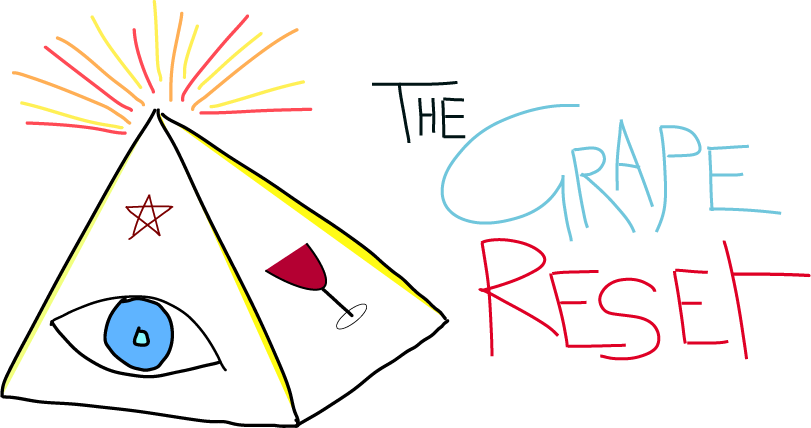Will the US Stick with Its 200% Tariffs on EU Wine – and What Does It Mean for Natural Wine?
As of 25 March 2025, the prospect of the United States imposing a staggering 200% tariff on European Union wine and spirits remains a coin toss. President Donald Trump’s latest salvo in an escalating trade war—following his earlier 25% tariffs on steel and aluminium—has the EU on edge, particularly after its own plans for a 50% levy on American whiskey were pushed from 1 April to 13 April. The White House has hinted at more “reciprocal” tariffs to come on 2 April, targeting the EU among others, though details remain murky. Trump’s track record offers mixed signals: he’s doubled down on protectionism before but has also pulled back when negotiations shift, as seen with Canada and Mexico earlier this year. The EU’s delay suggests a window for talks, but with Trump’s “America First” stance unwavering, the odds of these tariffs sticking feel uncomfortably even—hinging on whether Brussels bends or Washington blinks.
The EU, for its part, isn’t sitting idly by. It has $28 billion in retaliatory measures ready, aimed at US exports from whiskey to motorcycles, with a staggered rollout starting mid-April. This pause in its initial response reflects a hope to de-escalate, but France and Italy—whose wine industries prop up billions in exports to the US—are bristling. The bloc’s strategy blends defiance with diplomacy: match Trump’s escalation if needed, but keep the door ajar for a deal. Past trade spats suggest this could work—Trump has softened when faced with concessions—but if the 200% tariffs land, expect a sharp counterpunch that could spiral into a broader economic standoff.
For the natural wine sector, the fallout could be devastating, particularly in the US where European imports fuel a passionate niche market. These tariffs would triple the price of small-batch, low-intervention wines—think biodynamic bottles from Tuscany or the Loire Valley—pushing them out of reach for many American buyers. Small producers, lacking the financial cushion of corporate giants, might simply vanish from the market as importers, already fragile after the 2019 tariff scare, cut ties to survive. In California, the heart of US wine production, optimism about filling the gap is tempered by reality: wildfires, drought, and oversupply have left the industry vulnerable, not primed for a sudden boom. Scaling up natural wine’s artisanal approach takes years, not months, and the US lacks Europe’s depth in this space.
The ripple effects would hit hard. Restaurants and indie retailers, reliant on diverse wine lists, could see margins evaporate—either passing on steep costs or slashing offerings. For consumers, this might mark the end of affordable European natural wines, nudging them toward domestic options or cheaper imports from beyond the EU. Trump’s claim that this boosts American wine overlooks the chaos it unleashes: a global industry doesn’t thrive in isolation. If these tariffs stick, natural wine’s eclectic charm could fade from US shelves, leaving a leaner, costlier landscape—and perhaps one last chance to snag that Barolo before prices soar.

